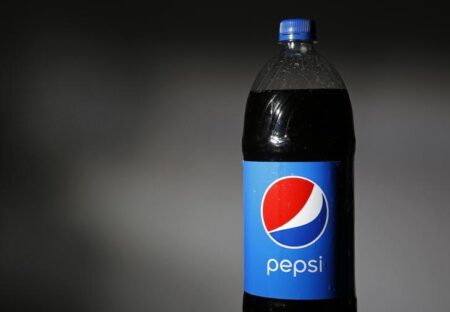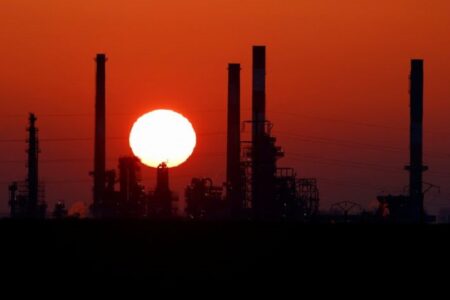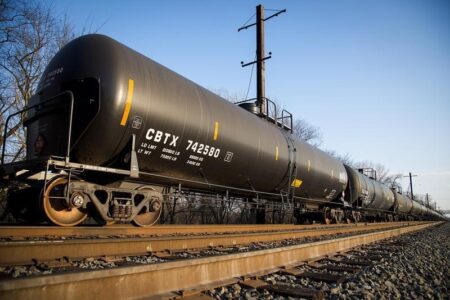By Dave Sherwood
HAVANA (Reuters) – Russian navy ships churned into Havana harbor on Wednesday, a stopover the U.S. and Cuba said posed no threat but which was widely seen as a Russian show of force as tensions rise over the Ukraine war.
Small groups of fishermen and curious onlookers lined the Malecon seafront boulevard in light rain to welcome the ships as they passed the 400-year old Morro castle at the harbor’s entrance.
The first to arrive was a fuel ship, the “Akademik Pashin” and a tug, the “Nikolay Chiker,” while a Russian navy frigate and nuclear powered submarine waited offshore and were expected to enter the harbor by mid-morning.
The frigate and submarine, part of the group of four Russian vessels that arrived off Cuba on Wednesday, had conducted missile drills in the Atlantic Ocean en route to the island, Russia’s defence ministry said the previous day.
Cuba said last week that the visit was standard practice by naval vessels from countries friendly to Havana. The communist-run government’s foreign ministry said the ships carried no nuclear weapons, something echoed by U.S. officials.
“We have been monitoring the ships’ paths closely,” a U.S. official told Reuters on condition of anonymity late on Tuesday. “At no point have the ships or submarine posed a direct threat to the United States.”
Havana is just 100 miles (160 km) from Key West, Florida, home to a U.S. Naval Air Station. And the timing of the visit – as the Biden administration ponders how far to go in helping defend Ukraine against Russia – suggests more than “standard practice,” said William Leogrande, a professor at American University.
“The visiting Russian warships are Putin’s way of reminding Biden that Moscow can challenge Washington in its own sphere of influence,” Leogrande said.
The stopover also coincides with Cuba’s worst social and economic crisis in decades, with shortages of everything from food, medicine and fuel and growing discontent on the streets.
“This … has echoes of the Cold War, but unlike the first Cold War, the Cubans are drawn to Moscow not by ideological affinity but by economic necessity,” Leogrande said.
History looms large in Cuba, especially when it comes to Russia and its predecessor the Soviet Union.
The Cuban missile crisis erupted in 1962 when the Soviet Union responded to a U.S. missile deployment in Turkey by sending ballistic missiles to Cuba, sparking a standoff that brought the world to the brink of nuclear war.
The two countries are once again strengthening ties.
Cuban President Miguel Diaz-Canel visited Russian President Vladimir Putin for the fourth time in May, when he attended a military parade and said Moscow could always count on Havana’s support.
Russia in March delivered 90,000 metric tons of Russian oil to Cuba to help alleviate shortages, and has promised to help Havana in projects ranging from sugar production to infrastructure, renewable energy and tourism.
The Russian navy ships are expected to remain in Havana until June 17.
Read the full article here















